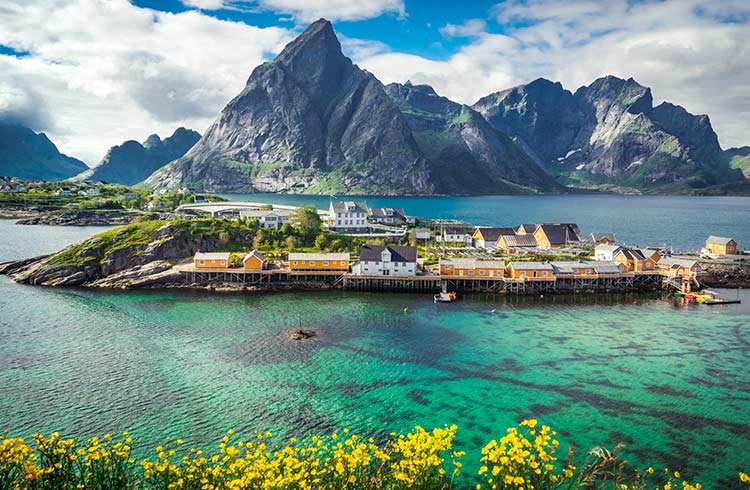Is Norway Safe? Crime, Scams and Travel Safety Tips
Norway is a very safe place for travelers, but here are a few tips to keep you safe while exploring the wilderness and streets of Norway's cities.
 Photo © Getty Images/Tatsiana Volskaya
Photo © Getty Images/Tatsiana Volskaya
Overall, Norway is a very safe country, with very low levels of crime, and the vast majority of visitors to Norway have a problem-free stay. Like in most countries, the usual common-sense measures to protect yourself from crime in and around transport hubs, tourist attractions and when out at night. Theft of credit cards, passports and other valuables can occur in Norway, and is most probably fuelled by drug-related criminal activity. Most crimes reported to police are theft-related, mostly centered around transport services and the inner city areas, so be aware of your surroundings and belongings when in these areas.
Crime in Norway
Gun crime is increasing in Norway, but relatively rare. This is particularly problematic in Eastern Oslo and run-down areas where gang and drug-related crime is prevalent. Rape is another problem in Eastern Oslo, and women should avoid walking through these areas alone and particularly at night. The US Department of State reports that sexual assault crime increased in 2016, mostly large assault cases with many victims.
Visitors should avoid buying bootleg goods in Norway, as there are strict restrictions on counterfeit and pirated material. If you buy something you could find yourself on the wrong side of the law in Norway very quickly.
Extreme weather
Norway can experience extreme weather such as strong winds, snowstorms, avalanches and occasional earthquakes, which may cause floods, tsunamis or landslides. Always listen to local advice in an emergency. Note that certain attractions or hiking routes may be closed at certain times of the year due to extreme weather. It's a good idea to travel with a range of clothing for all weather variants as the weather can change quickly, even in summer.
Road safety
Pedestrians and cyclists on Norwegian roads are respected and will expect you to slow down and stop for them. Norwegians drive on the right. Despite its apparent size, Norway is a long country that would take around 40 hours to drive from end to end. Distances can be deceptive and Norway has many long and winding roads which may be dangerous or even impassable during the winter months. Always use snow chains when driving in snow, or winter tires fitted on all wheels with a tread depth of 3mm. Find out more at the State Highways website.
Seat belts are mandatory, drive with headlights on, don't speed and be aware that when driving on roads that do not have a yellow diamond priority sign, you must give way to the right.
Rules around drink-driving are very strict and there are regular roadside checks. penalties are severe and can include imprisonment.
Adventure and Arctic travel in Norway
The terrain of Norway lends itself to lots of adventure activities including hiking, skiing and glacier walking. Only partake in any of these and other adventure activities if you are fit and well and have the proper training or guides. the archipelago of Svalbard (in the Barents Sea off the coast of Norway near Greenland) is home to polar bears that have injured and killed travelers. Avalanches and glacier accidents can also occur here.
The most northern area of Norway sits in the Arctic Circle. This is a vast, remote area some distance from help should you become unwell or injured. Always check weather and travel factors and make sure you have safety precautions in hand before visiting.
Simple and flexible travel insurance
You can buy at home or while traveling, and claim online from anywhere in the world. With 150+ adventure activities covered and 24/7 emergency assistance.
Get a quote
No Comments